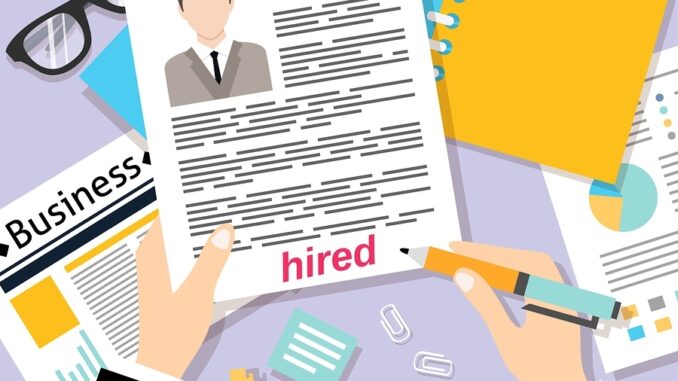
By Eleanor H.
All the innovative, up-and-coming businesses that you love to work for have at least one thing in common when it comes to hiring new employees. They check references. While you might have gotten away with listing a friend from your first fast food job or a parent for whom you used to babysit as a reference in the past, these elementary references won’t suffice for the tech-savvy business word today.
As you grow professionally, the number of possible references for your resume should as well. After all, getting killer references isn’t just about doing your job well or impressing a previous boss. It’s about making the right connections at the right times in your career so that you always have stellar, relevant references to provide to potential employers.
Once you have the right references, you need to know how to use them. Format a clean references list and make sure that it’s easy for a recruiter to connect the list with your job candidacy. Keep in mind that there’s no need to put a line that says “references available upon request” on your resume. [1] It takes up valuable space when you can simply print a second page with the heading “References” to give to the hiring manager.
Approach the world with reference building in mind
Everyone knows that references are an essential part of your resume. Unfortunately, finding references and getting their permission to list them on a job application or resume might prove challenging. That’s why it’s essential to approach your everyday life with gaining references in mind. Remember that it’s great to list references from work, but you can list references from outside your workplace too. [2]
Whether you’re at work, helping coach your kid’s team or volunteering with a local charity, stay alert to opportunities to build references. Professionally, try connecting with colleagues and potential references on LinkedIn. This builds a visible network of professional connections from whom you can draw when you need references.
If you’re volunteering or participating in community activities, stay in touch with potential references via social media. Carefully evaluate the strengths that each of those individuals might be able to identify to a potential employer. Imagine that you lead your daughter’s Girl Scout troop. A regional scouting leader can probably attest to your ability to lead, stay organized and motivate a group.
Identifying professional references without putting your job at risk
Connecting with potential references on LinkedIn is one way to identify those who might give you a recommendation. You can also meet potential references through professional organizations and business-related community service work. If you decide to amicably part ways with your employer, you can also draw references from that company without jeopardizing your position.
However, identifying professional references can become problematic if you’re looking for a new job but don’t want your current boss to know. It’s essential that you don’t give out your work contact information to potential employers. [3] In that spirit, you should also carefully consider listing any of your current colleagues as references. Only do so if you think it’s absolutely essential. Recruiters know and respect that you don’t want your company to find out that you’re looking for a new job.
Remember that a potential employer is likely to ask your references about your personal and professional character, qualifications, communication skills, attitude, dependability and punctuality. [4] The individuals you choose as your references should be able to speak to these qualities either from workplace or community/volunteer experience with you. Avoid choosing close friends or family members as references.
After you’ve identified great references, you’ll need to approach them before you can list them on your resume or a job application. [5] If you don’t get permission to list references and they’re called by a recruiter unexpectedly, they might provide a less-than-glowing review. Provide information about the position for which you’re applying so that your references can speak to your strengths.
You’ll also need to double check your reference list and make sure that the references you’re providing suit the position for which you’re applying. It’s perfectly fine to maintain a list of multiple references and then tailor a list for each job for which you apply. Of course, keeping stellar references on your resume also means thanking them with a card or email after they’ve given a reference on your behalf.
Resources:
[1] http://money.usnews.com/money/blogs/outside-voices-careers/2012/10/04/10-common-and-corrosive-job-reference-mistakes
[2] http://www.careercast.com/career-news/job-reference-etiquette-how-get-recommended
[3] http://www.businessinsider.com/11-things-you-should-never-put-on-your-resume-job-2011-12#dont-include-your-current-business-contact-info-11
[4] https://www.resume.com/blog/who-do-i-put-as-a-reference/
[5] http://www.totaljobs.com/careers-advice/cvs-and-applications/how-to-get-a-reference
